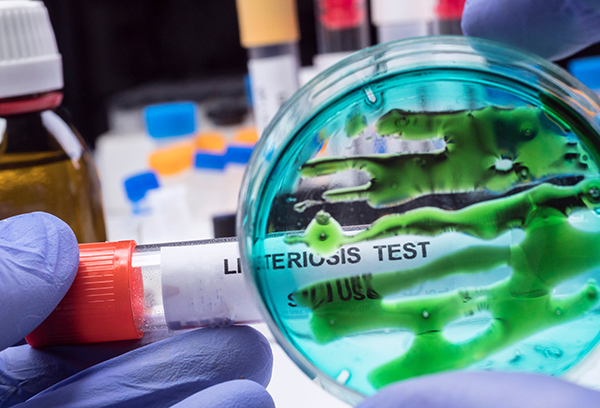
Easy guide to planting
Select a site where the soil is constantly moist. Unlike most vegetables, lettuce can grow in some shade. Still, it is crucial that they receive a good amount of sunlight. For best results, soil should be rich in nitrogen and potassium, with a pH level of around 6.0 to 6.8. You can easily buy a pH meter at your local hardware store. If you do not know the pH level, assume that the soil is lacking and immediately place lots of organic matter such as compost, leaf mold, or rotted manure to get the correct pH level.
Most lettuce varieties of lettuce take 45 to 55 days to mature. Lettuce can be sown all year round but it is still important to choose the right variety for the season. Take note that gardeners discourage planting lettuce during the summer as the high temperature will make the plant taste bitter. Lettuce seeds do not germinate in soil that is 80 degrees or warmer. To get the most tender leaves, water regularly, especially during dry weather. Keep adding mulch with a layer of compost to keep the soil rich.
For indoor sowing, begin by placing some lettuce seeds in peat pots a few weeks before the last frost date in your area. These seeds should be exposed to plenty of sunlight even if they are indoors. Similarly, you may place them under artificial lighting until you are ready to move them into your garden. These seeds should be moved during spring, which is the ideal time to sow lettuce.
If you prefer to plant the lettuce seeds directly in your garden, place the seeds at least 1/4-inch deep and then cover them. This should be done about a month before the last frost for spring planting or four to eight weeks before the first frost if planting during the fall months. Constantly water the area as lettuce needs a consistent moisture supply. Try to space plants correctly to provide enough space for maximum growth. There is no hard and fast rule on this, but in general, work around six to 18 inches apart. Again, this depends on the variety you choose.
Other tips for maximum lettuce production
When possible, plant lettuce seeds in raised beds. This is because raised beds become warmer faster than the ground. This gives you an earlier start in the spring and a later crop during fall. You can also try planting the lettuce around taller plants like Brussels sprouts and peppers. This is a recommended option for those with limited garden space. This is because the lettuce keeps the surrounding soil moist which helps its neighbors. The taller plants, in turn, provide the necessary shade for the lettuce when the weather becomes warmer.
Lettuce is also great for succession planting. To do this, sow seeds every two weeks, beginning with varieties that are heat-tolerant. This will be your main crop. Switch to fall varieties late in summer. Using this method assures a constant supply of lettuce.
Take note that because lettuce is mostly water, it does not store well. Try eating your home-grown selections as soon as they are harvested. You can also opt to freeze them. Even then, aim to consume these within a week.
Sources:
Please contact us for more information.























